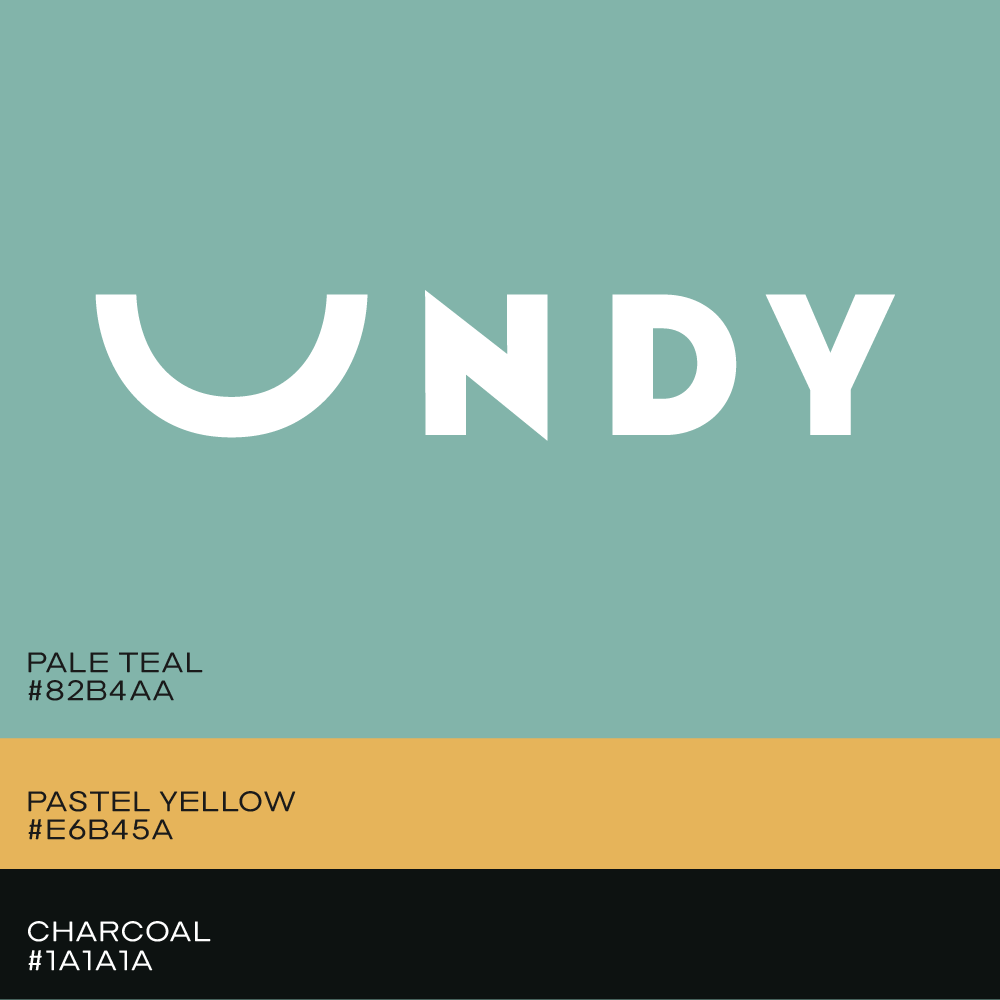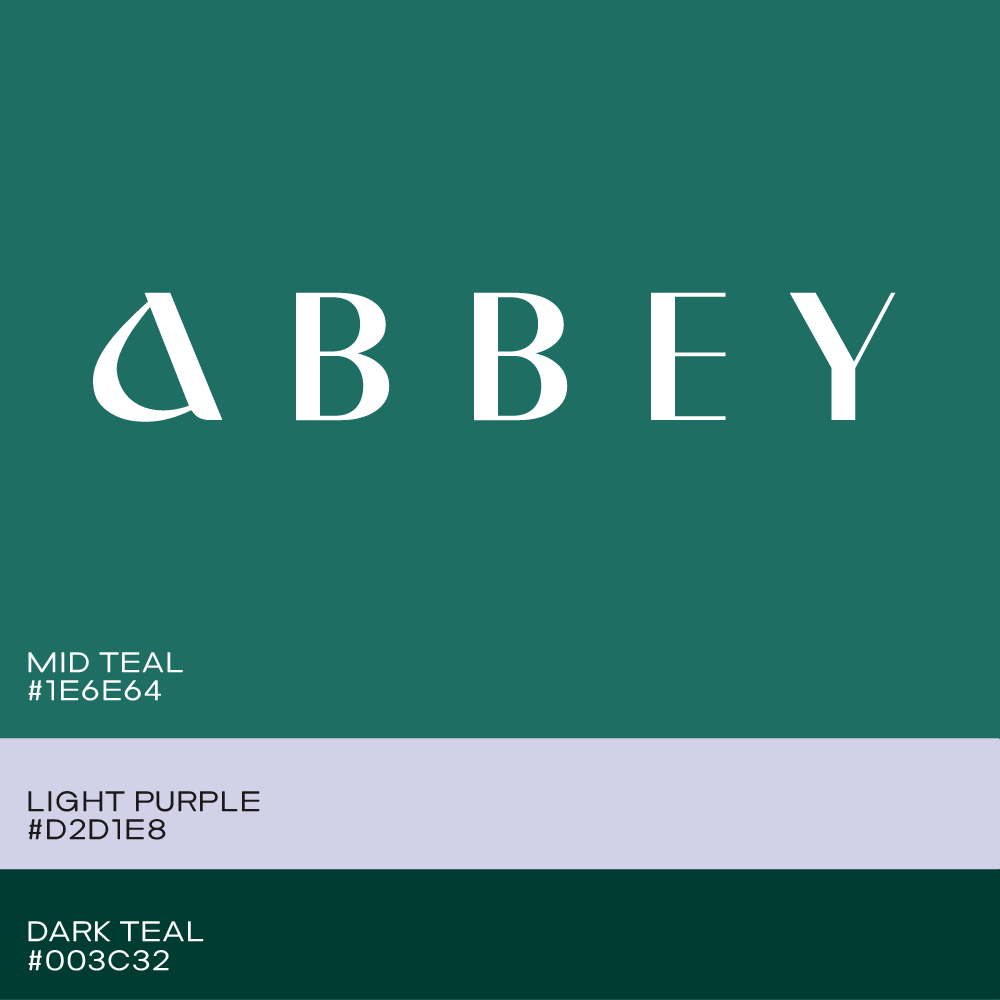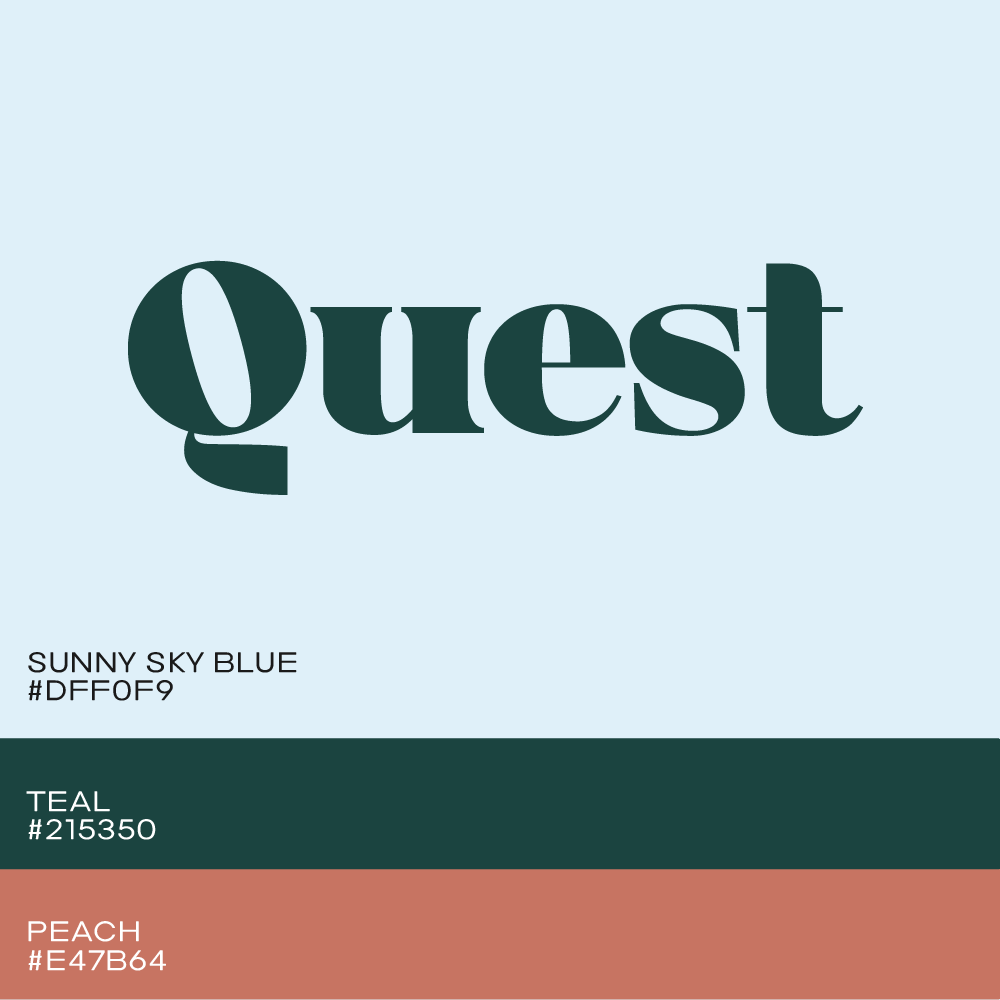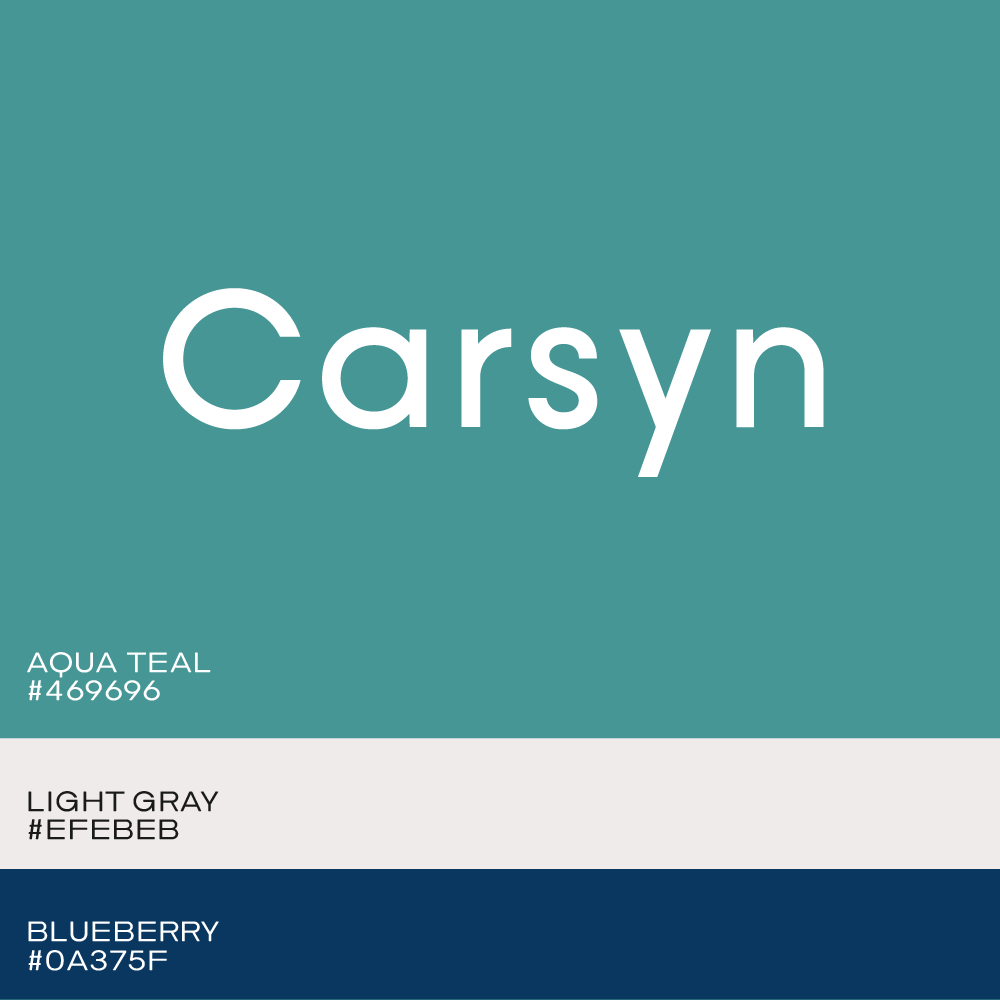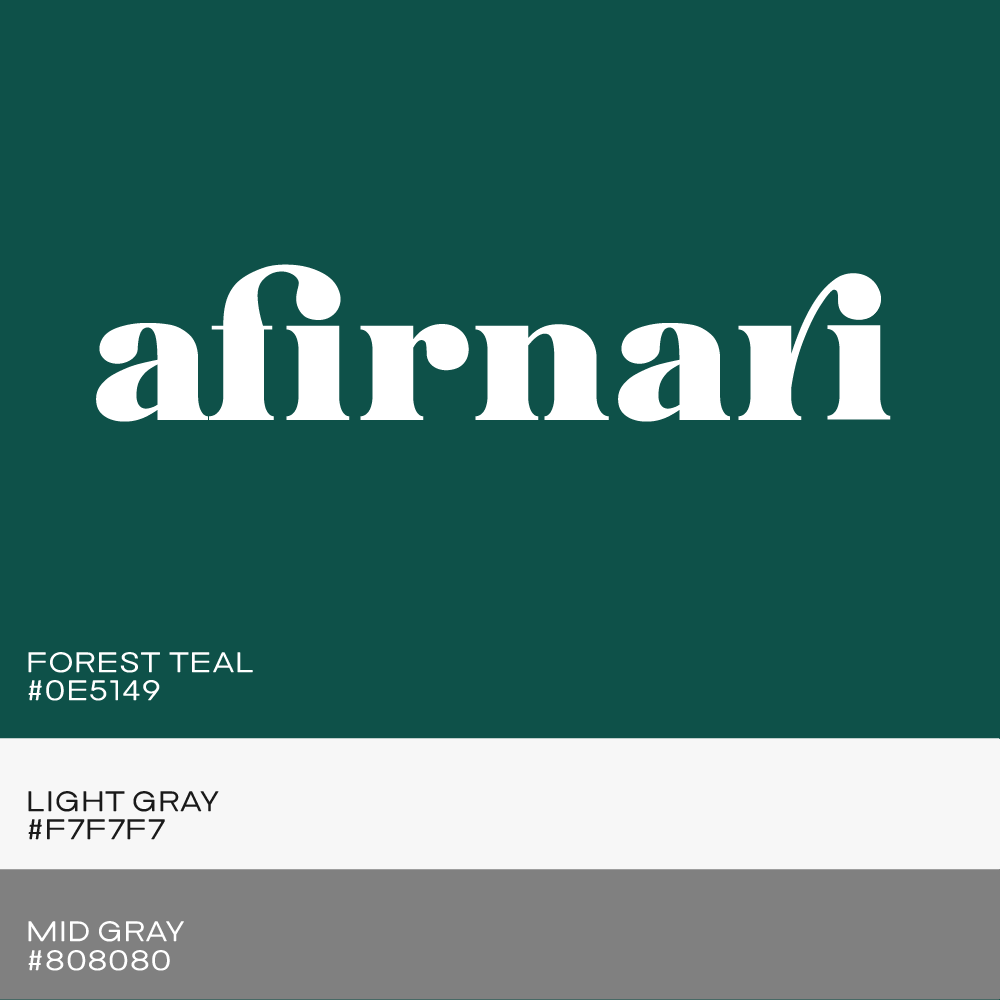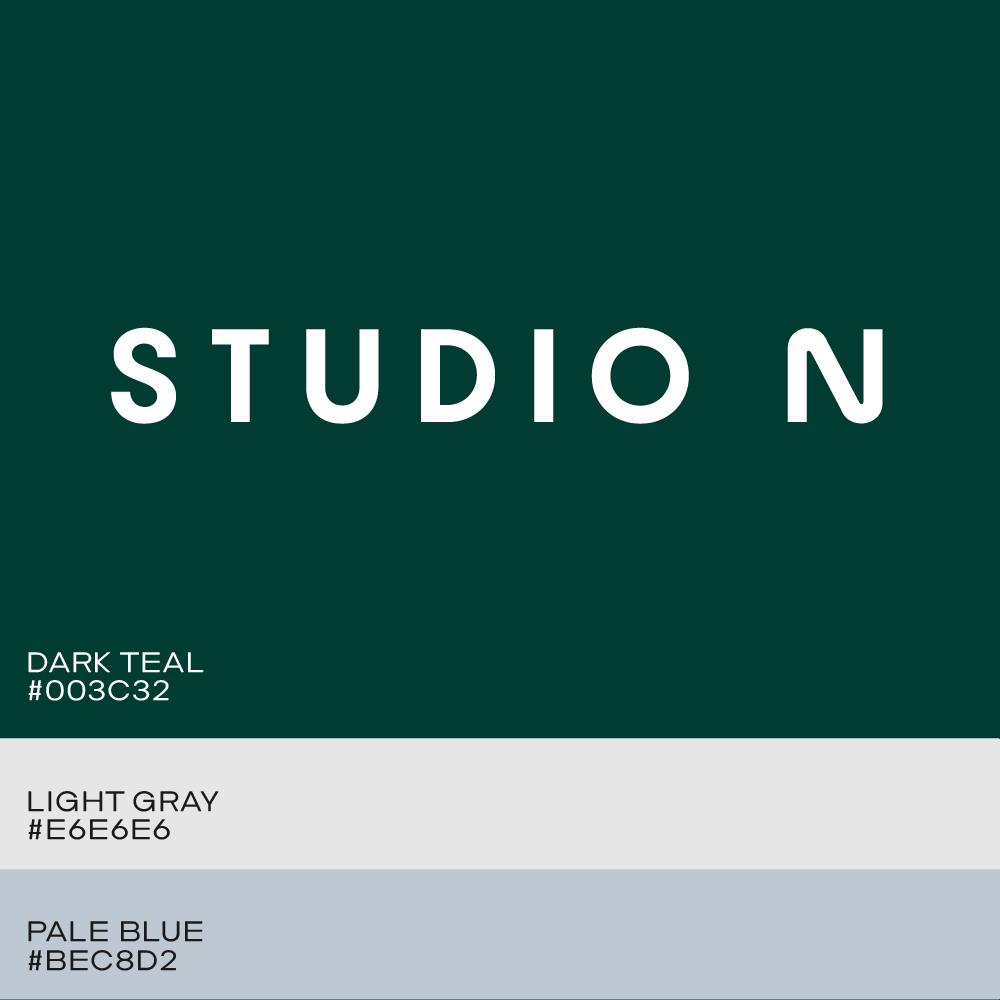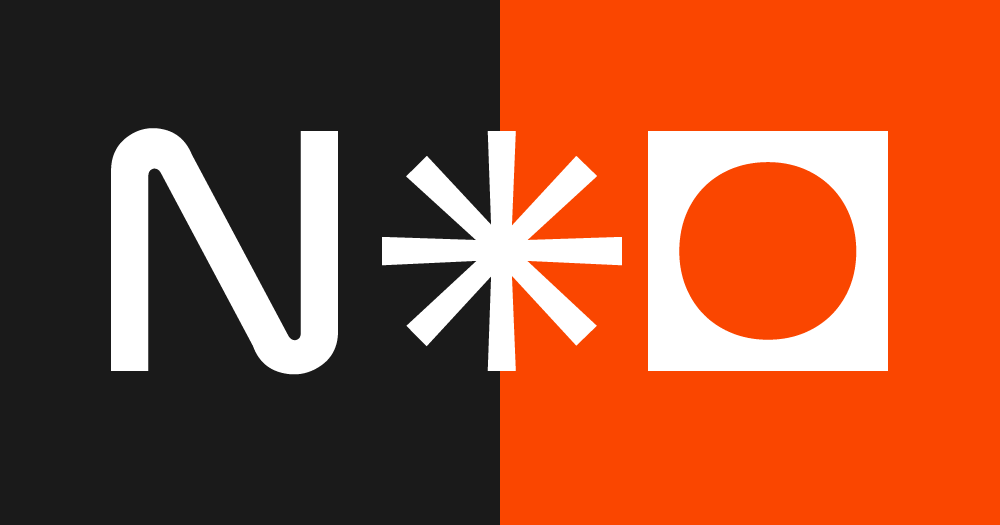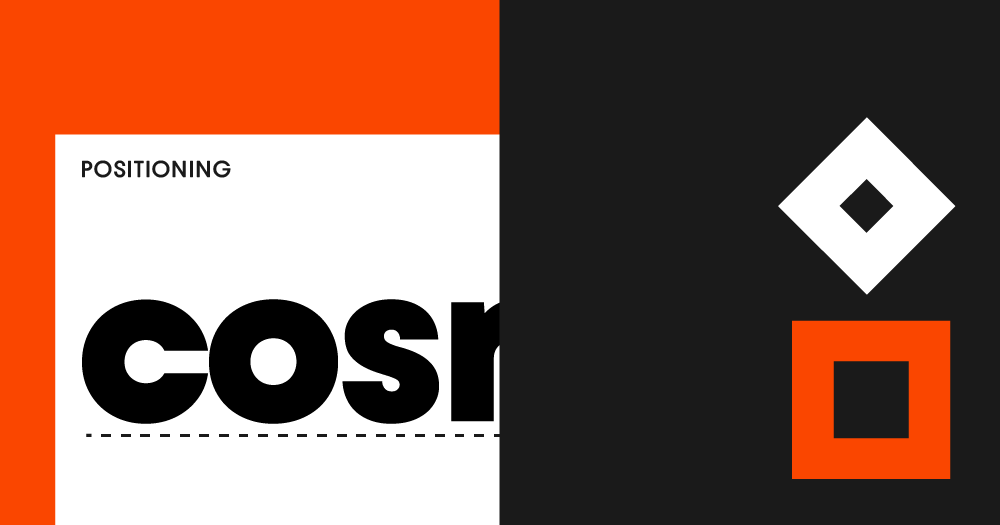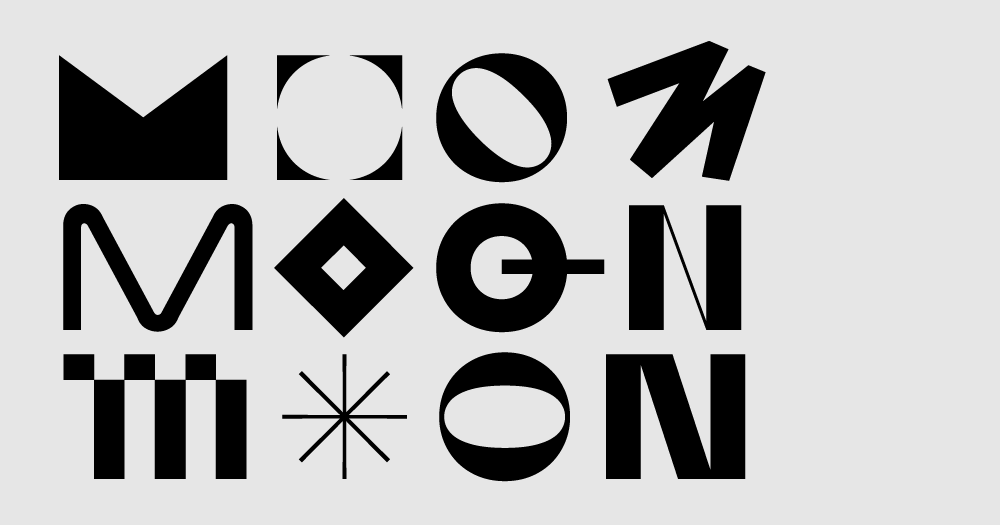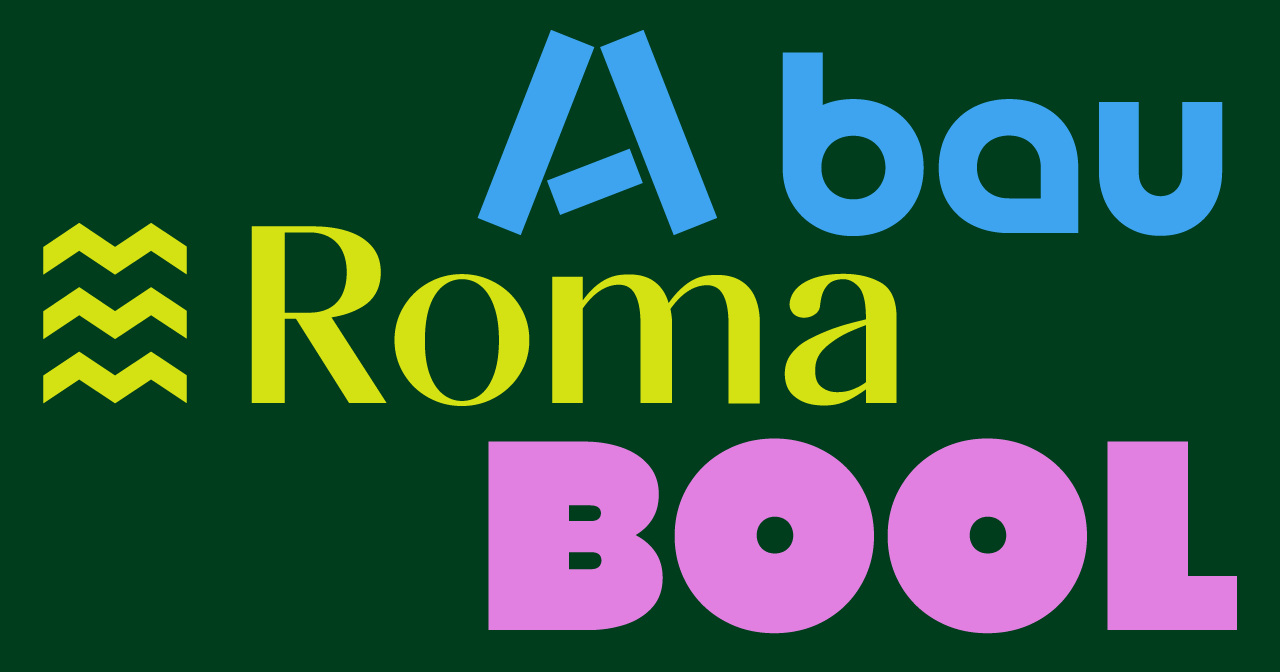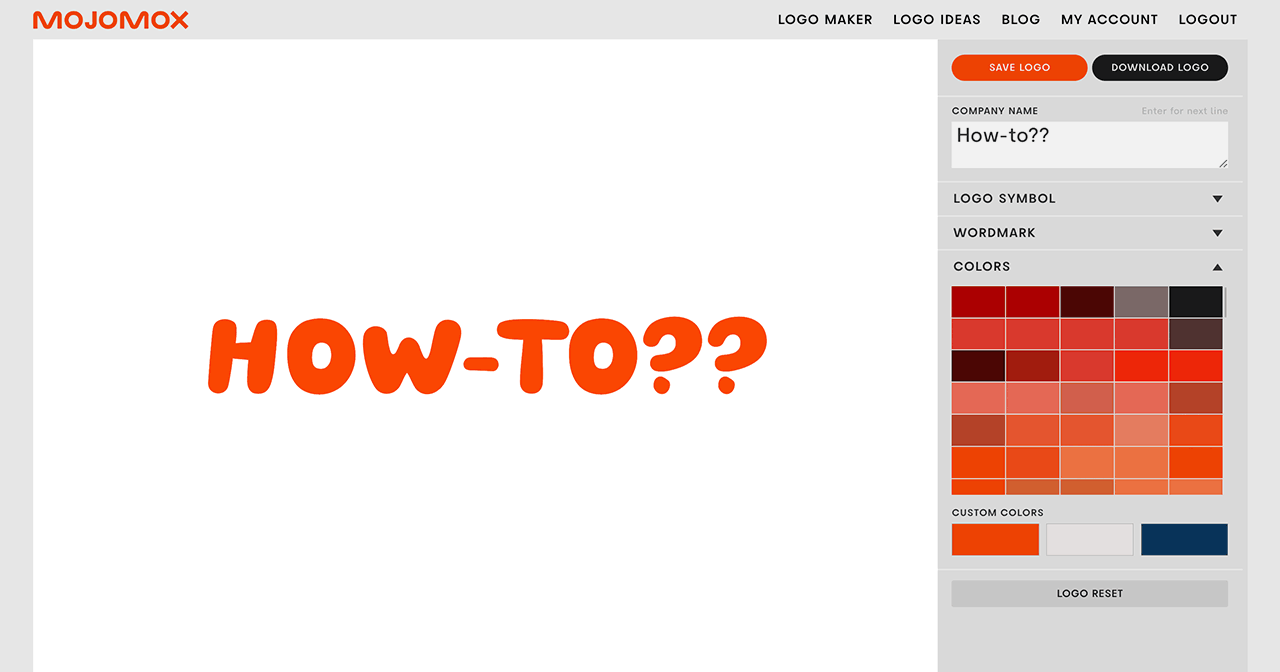
Teal Logos: Meaning and Modern Color Combinations
From teal blue to teal green: color palettes, and how to use different types of teal in a logo maker.
Overview
Color teal: meaning
The color teal is a relatively young color—the first recorded use of teal as a color name in English was only in 1917. It is named after the Eurasian teal, a duck with a teal-colored stripe on its head.
Although a mix between green and blue of equal parts and really a color of its own, teal often gets pulled into the green color family. Historically, green pigments for paints and fabric dyes were hard to extract from nature and therefore weren’t often used in clothing and heraldic arms. While green could have been mixed with pigments from the color blue and the color yellow, there was a deep dislike to mixing different substances due to distrust in alchemy. This medieval precursor of chemistry transformed matter by combining elements seemingly through magic. The superstitious convention vanished only during the early Renaissance and new copper greens were discovered by German Swedish chemist Carl Wilhelm Scheele in the late eighteenth century. [1]
The color teal and its lighter shaded sister colors turquoise, cyan, aqua, and light green aren’t primary colors and are therefore not considered “basic.” A deep teal is calm, sophisticated, and knowledgeable, similar to the dark greens that you see in old libraries. Teal is relaxing; it can be found in nature combining blue skies and green fauna. When brightness is added to teal, or less black is used in the mix, teal becomes turquoise, aqua, cyan, or when there’s less blue, it turns into light green. These lighter shades of teal are younger, clearer, and more invigorating because they remind us of the shallow waters of sunny places.
[1] Clair, Kassia St. The Secret Lives of Color. Penguin Books, 2017.
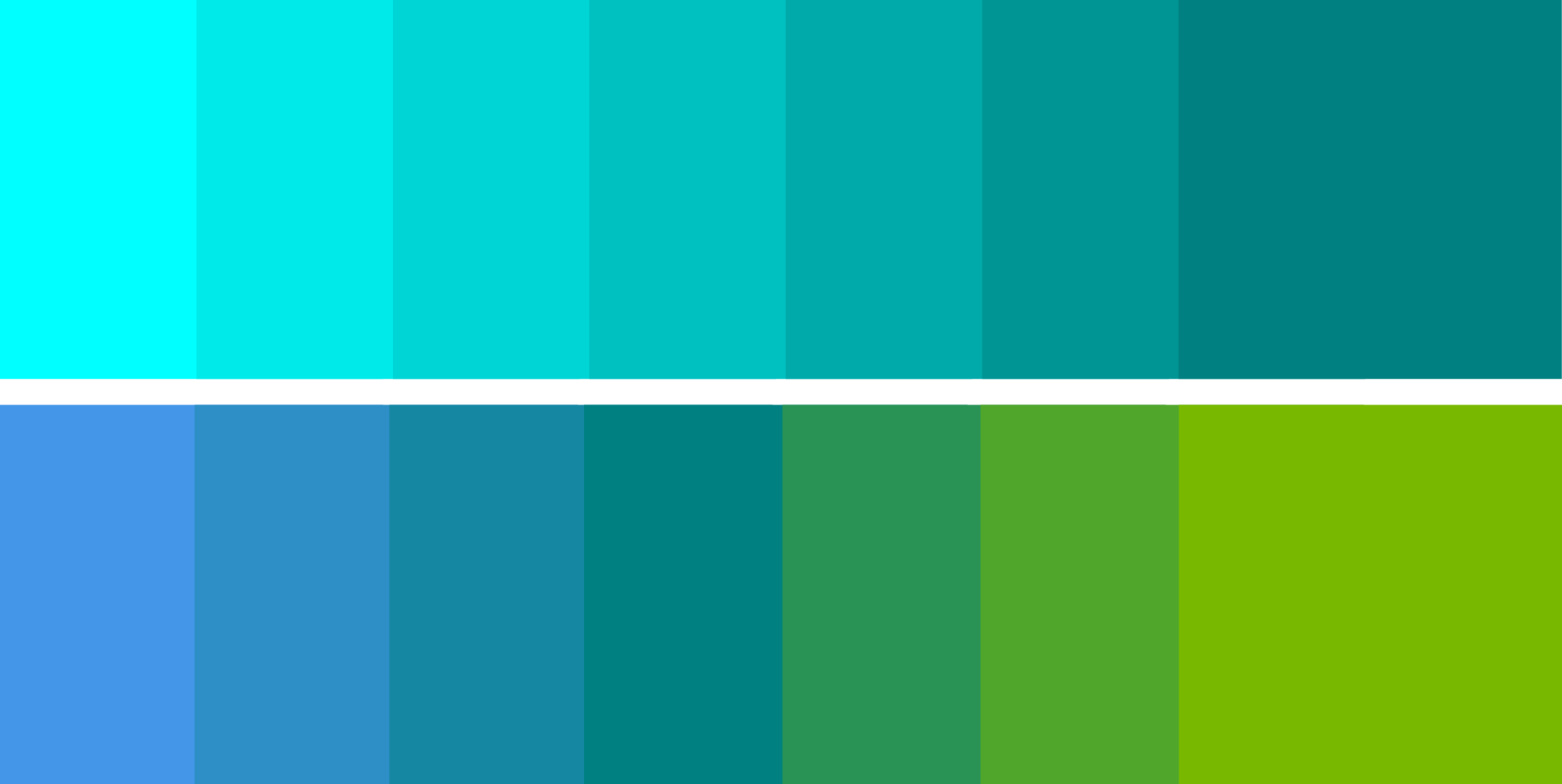
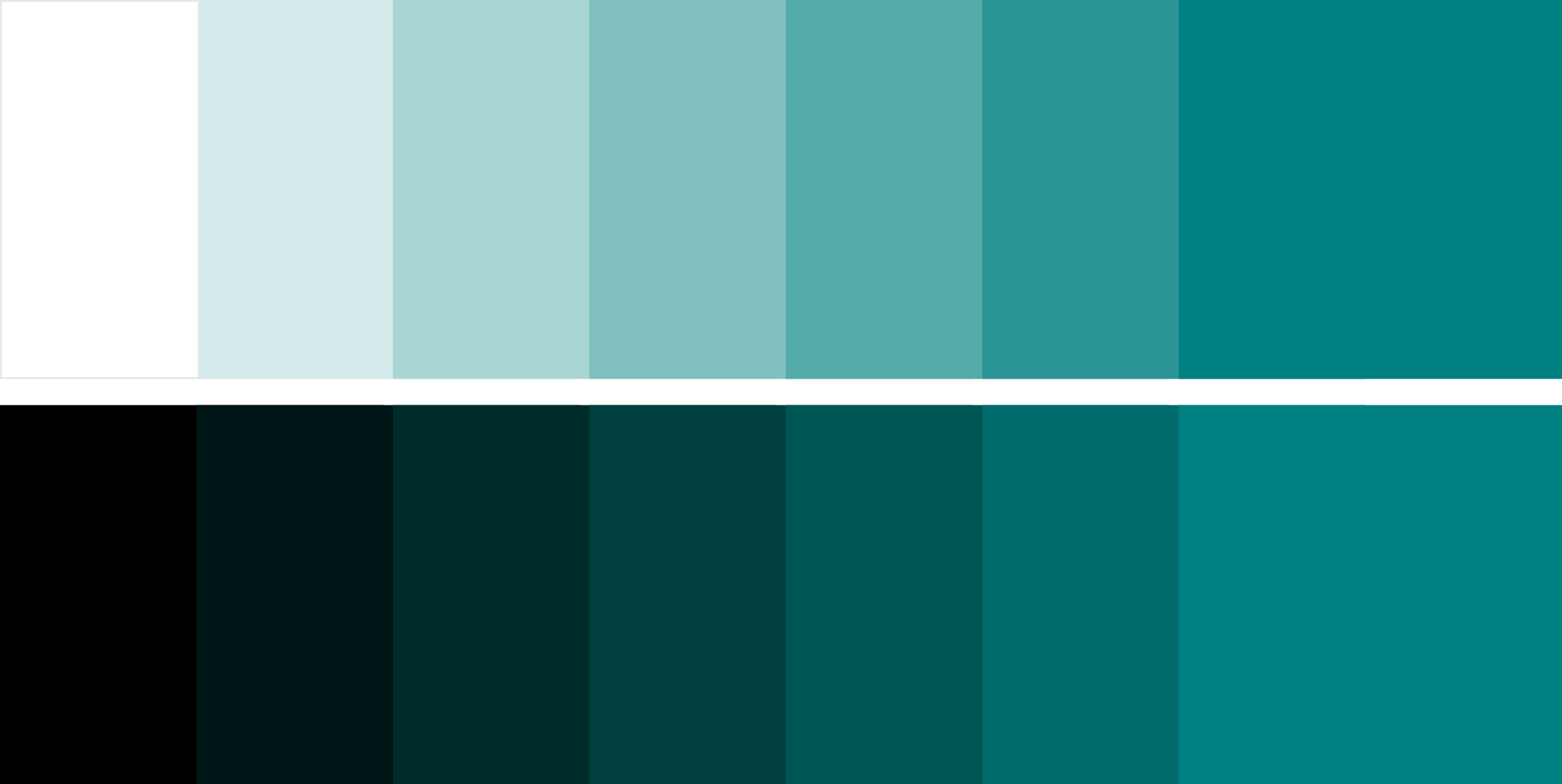
The teal color values: from teal blue to teal green
When using the RGB color model like any screen does (a TV screen, a computer screen, a phone), the colors red, green, and blue (RGB) are being added and they create yellow, cyan, and magenta when they overlap and are being mixed. Cyan is composed of 50% green and 50% blue. In the CMYK color model (anything that gets printed on e.g. a home printer), if 50% black is added to cyan you’ll get the color teal. Teal has an RGB value of 0/128/128 or 0% red, 50.2% green, and 50.2% blue, and its HEX color value is #008080.
The more blue is added to the RGB value, teal turns into a teal blue and if green is added to teal, it turns into teal green.

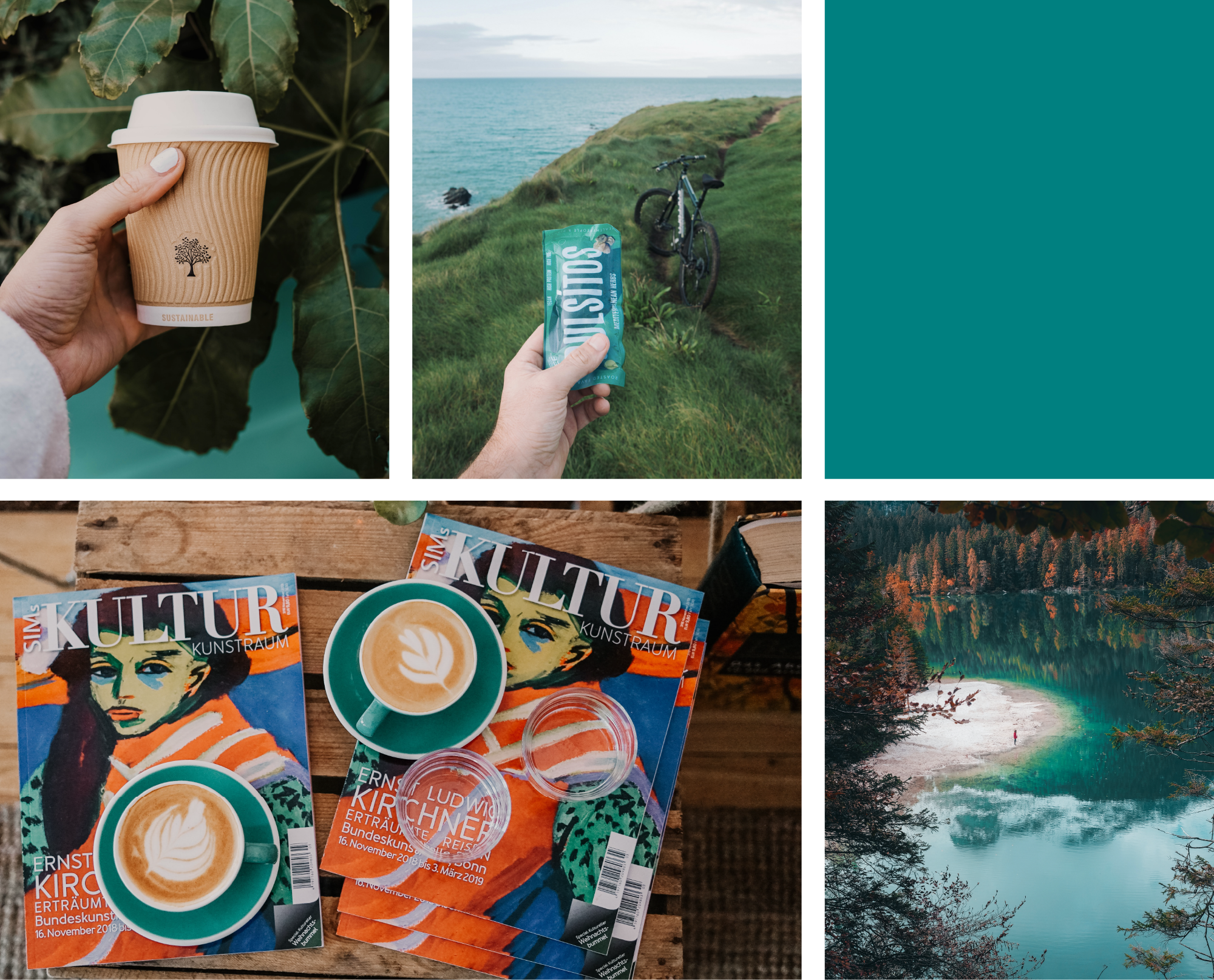
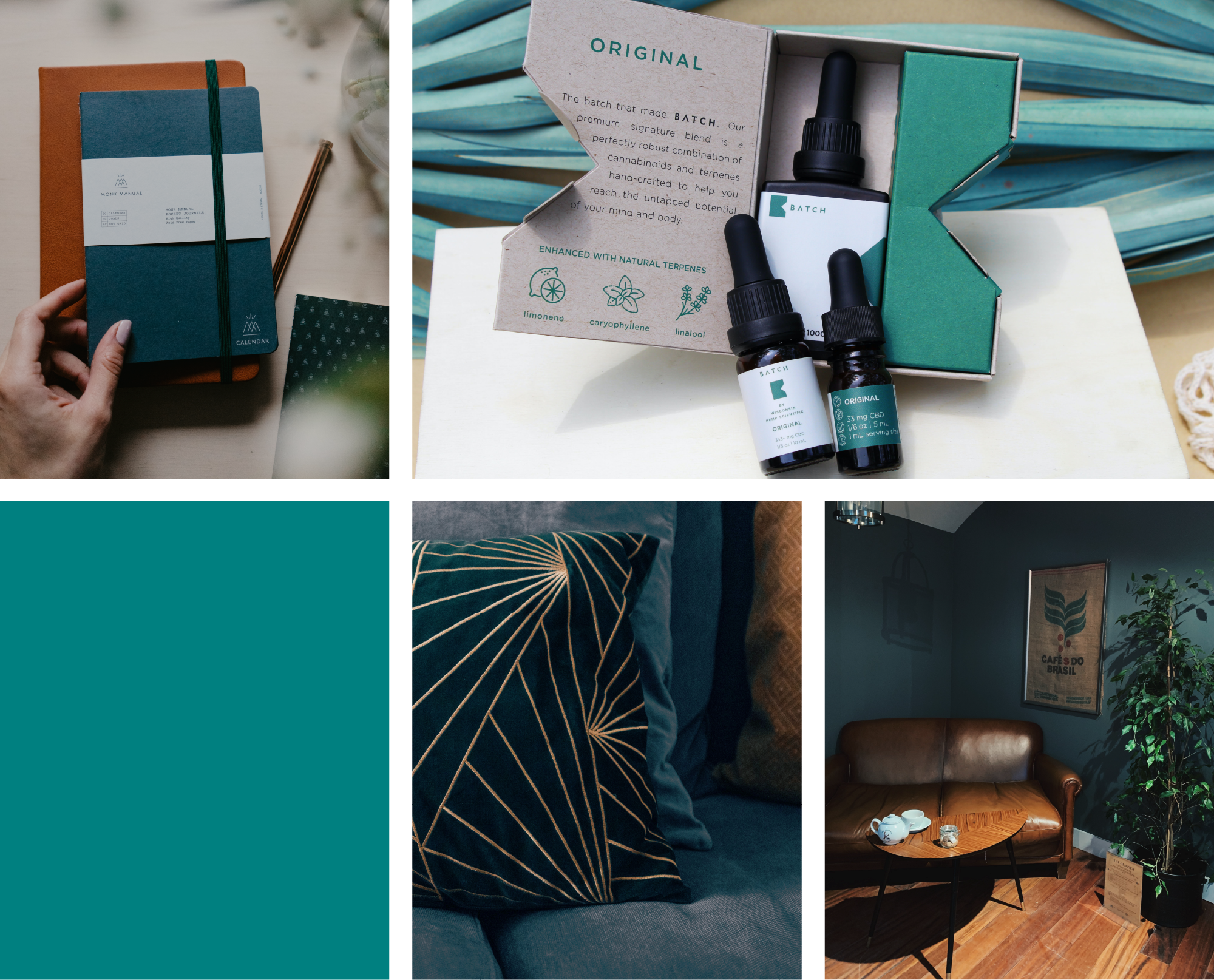
Industries and famous brands that use the color teal
In branding, the color teal has become super popular again in recent years. It is commonly used in technology, healthcare, and finance sectors. When used in lighter and brighter tones, it works well for children-related industries. Muted teal tones and pale greens work particularly well for beauty logos and alongside fashion logotype.
Darker teal and moss-like brand colors look stronger when paired with serif fonts.
Teal, the bright in particular, had its high times during the 90s, especially in sports branding but was superseded by blue again in the early 2000s. While blue is often listed as Western people’s most favorite color, a comprehensive 2016 publication shines a light on research showing that people have color preferences based on contexts such as clothing, furniture, or general designs as well as personal experiences and cultural backgrounds.
In the process of finding a brand color palette, branding agencies spend a lot of time choosing exactly the right shades. The strategic place to start is to take a look at the common brand colors in your industry first. As a second step, select a color based on what your closest competitors are NOT! using. The reason for that is “brand positioning”—the way the customer thinks of a brand. Good brands stand out—they’re known for something relevant in their field. Considering that, the color teal might be a great strategic choice because it’s not used very often; it makes the brand more memorable in the eyes of the customer.
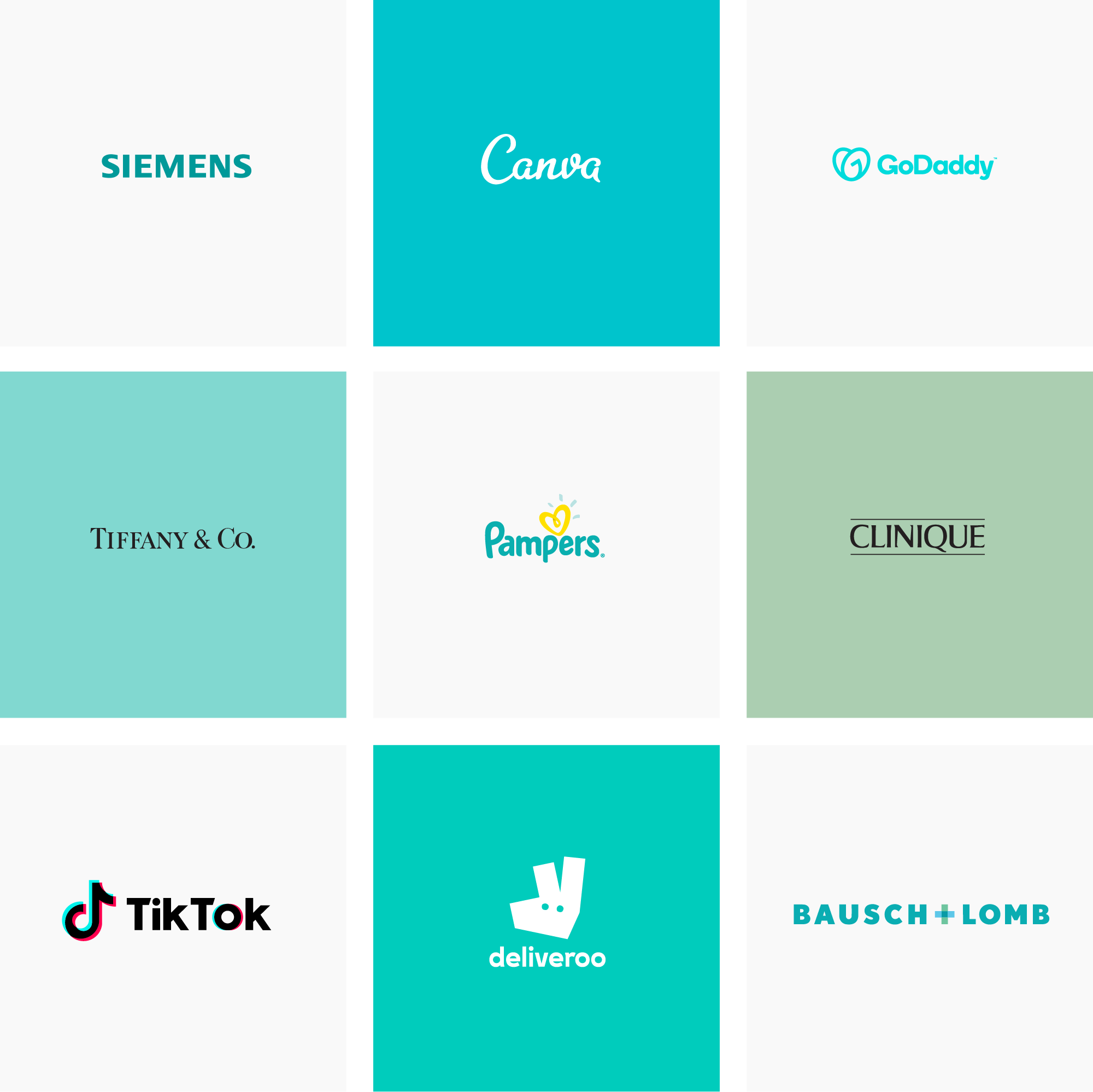
Traits of teal in logos
After looking at your competitors' brand colors and selecting a few colors that are not being used and may also fit your direction, pick a final color based on the general emotion you want to convey. Teal's positive traits are healing (great for healthcare brands), friendliness (perfect for educational institutions), invigoration, clarity, creativity (ideal for design firms), and calm. Teal's negative traits are aloofness and unreliability.
Then build a palette from there: In modern branding, one bold brand color—which may or may not be complemented by up to three secondary colors—does well.
Pro Tip: Check out the How to create brand personality and traits article to learn more about how to find yours the easy way.
And if you’re on a tight budget or if you’re still testing product-market fit, Mojomox is the modern way to design your brand identity online for free. Create color palettes and logos fast with the mix-and-match letter system, for example for logos starting with the letter S or the letter M. Or get started quickly with the logo ideas tool.
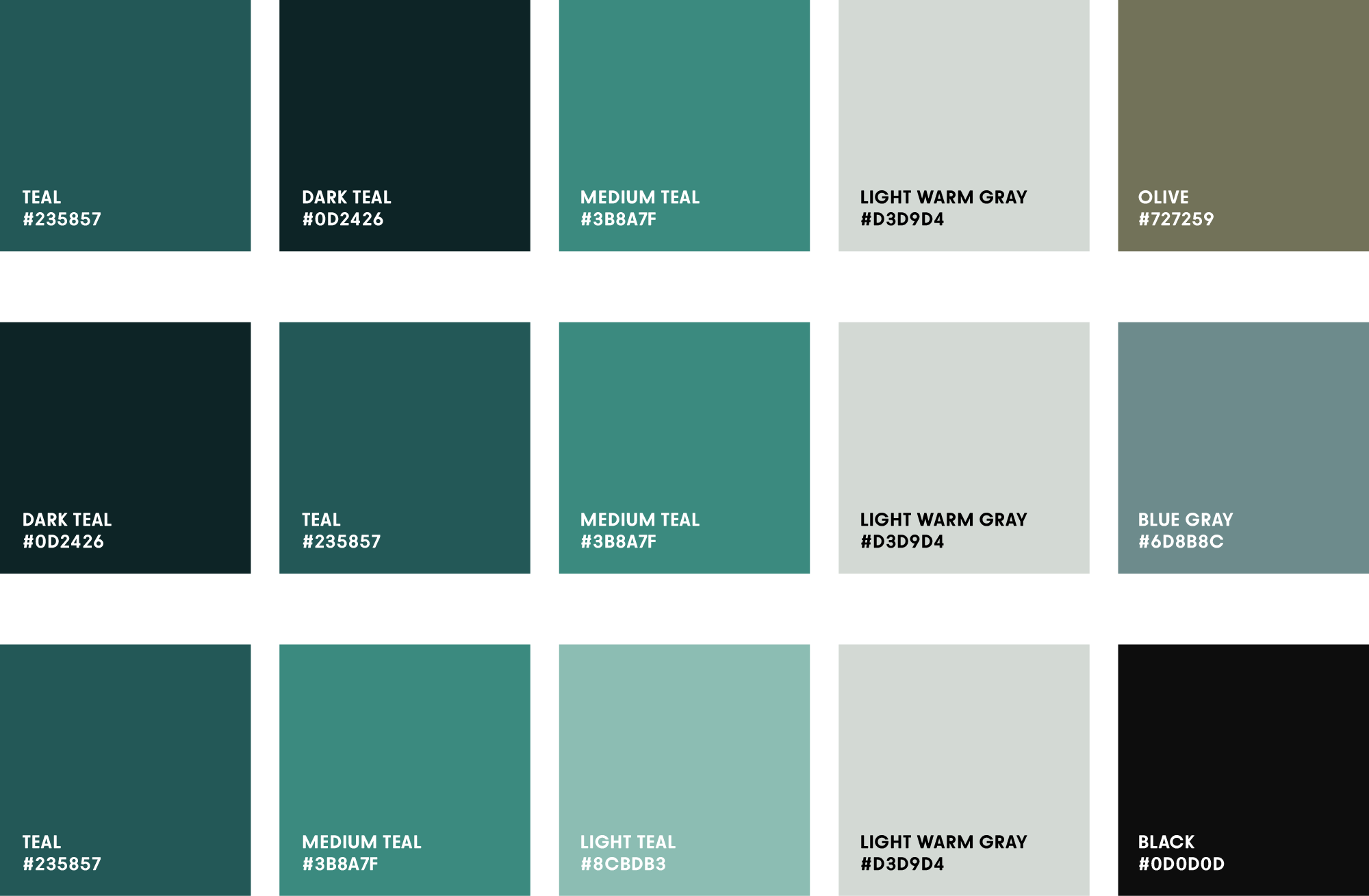
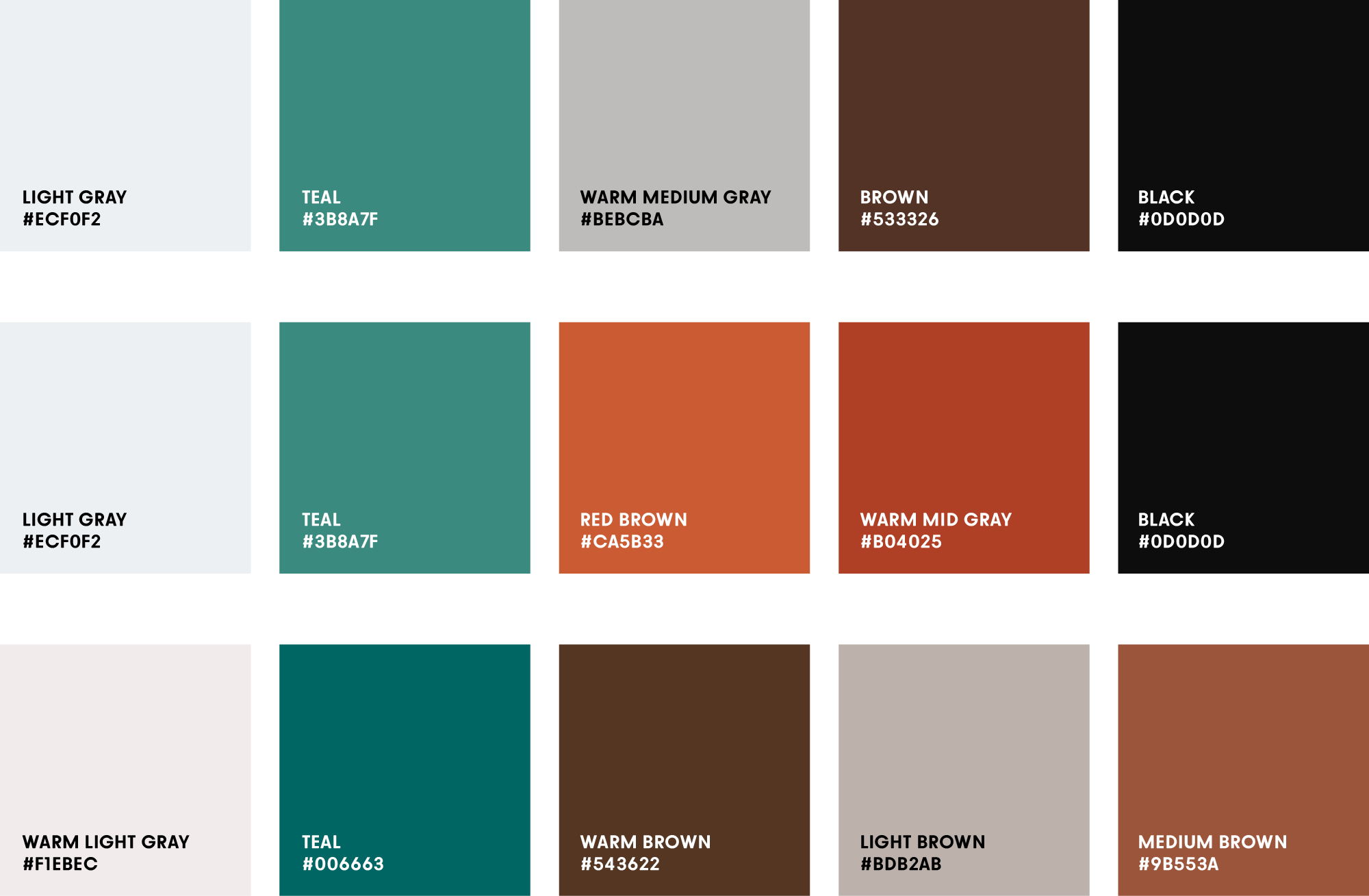
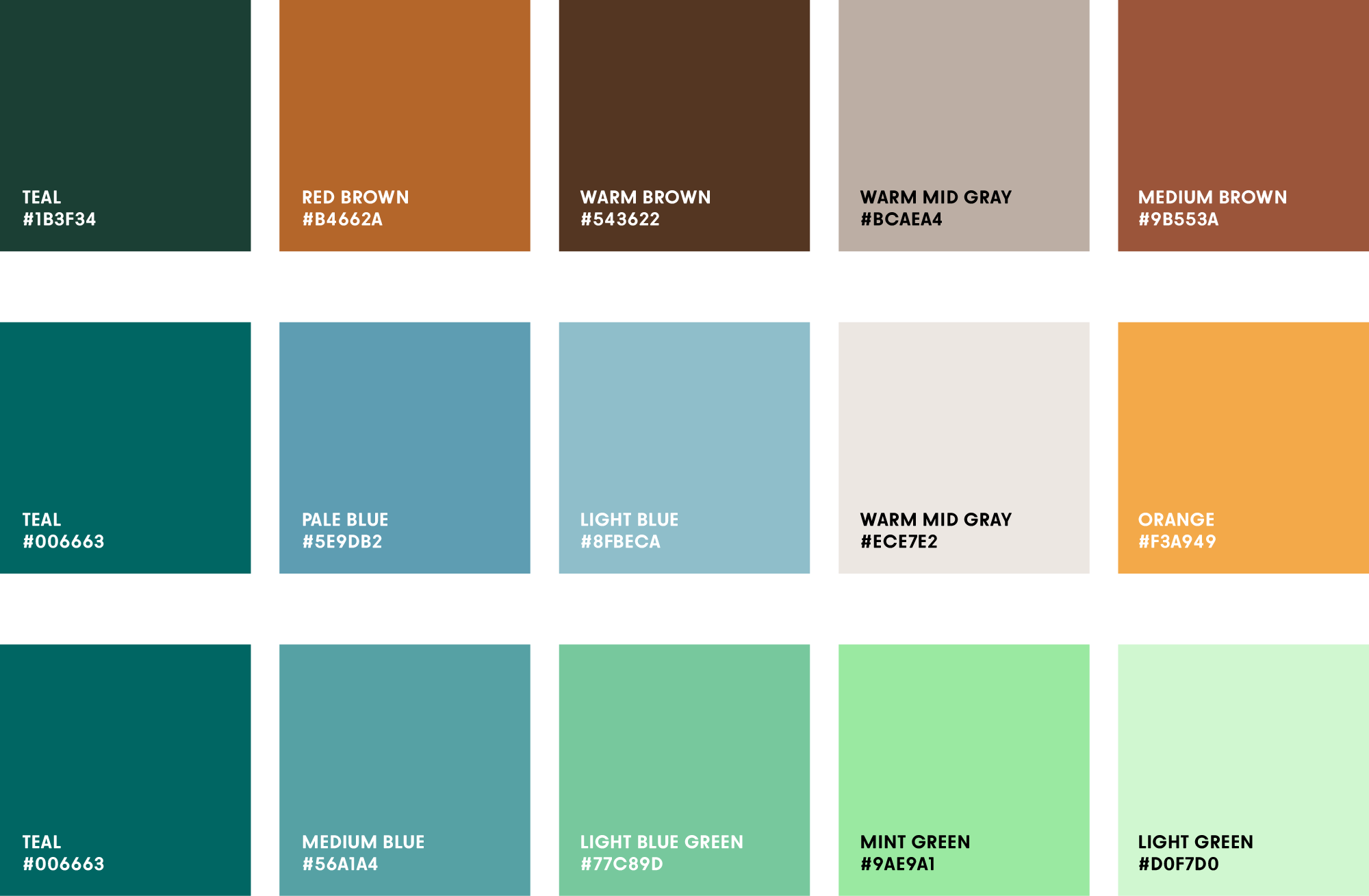
Modern color palettes including teal
Above we selected a few modern color palettes that include the color teal. For custom palettes try the color palette tool in our logo maker. First, type in a brand name and select a logo preset to get into the logo maker app. In the gray sidebar, scroll down to “Colors.” You’ll find color presets and a color pick to refine a specific color. Scroll down to see the brand kit and check if the colors work well together—review them for readability.
To get started with the Mojomox logo maker, type your brand name into the field below:
